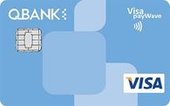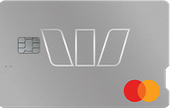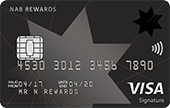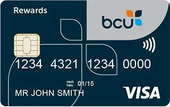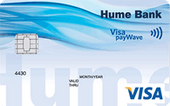
What is a joint account credit card?
A joint account credit card allows two people—typically partners, family members, or business associates—to share responsibility for a single credit card account. Both account holders have equal access to the credit limit and are jointly liable for repayments.
This type of card can be useful for managing shared expenses while streamlining household or business spending. However, it also comes with financial risks, as both parties are responsible for any outstanding debt.

What is the difference?
Joint-primary cardholder accounts vs secondary cardholders
Joint-primary cardholder accounts
- A joint credit card account is opened in the names of two applicants, giving both individuals equal access and control over the account.
- Both cardholders can make changes to the account, including adjusting the credit limit, requesting an account freeze, or closing the account.
- Each cardholder is equally liable for all transactions and repayments, regardless of who made the purchases.
- In the event of a separation or divorce, both parties may be responsible for repaying the outstanding balance, even if one person incurred more of the debt.
Secondary cardholders
- A single person applies for a credit card in their name and can add a secondary or additional cardholder.
- The secondary cardholder has permission to make purchases but does not have the authority to adjust the credit limit, freeze the account, or close it—these remain the sole responsibility of the primary cardholder.
- The primary cardholder is legally responsible for all transactions made on the account, including those made by the secondary cardholder.
- If a balance transfer is involved, any transferred debt from an account held by the secondary cardholder remains the responsibility of the primary cardholder.
- In the case of a relationship breakdown, the primary cardholder remains fully liable for all repayments on the account.

How to make the most of a joint account credit card
Selecting the right joint account credit card involves assessing financial habits, spending limits, and the level of trust between both parties. Consider the following:
- Set clear spending expectations. Discuss and agree on how the card will be used to avoid disputes.
- Choose a card with the right features. Look for a card that offers rewards, cashback, frequent flyer points, or perks that align with your spending habits.
- Understand liability and credit reporting. Since both joint cardholders are equally responsible for the debt, missed payments can impact both credit scores.
- Monitor spending regularly. Use mobile banking apps or online statements to track expenses and ensure timely repayments.
- Have an exit strategy. If circumstances change, such as a breakup or financial disagreements, know how to separate accounts or remove one cardholder.

Joint account credit card insight from a Credit Card Compare expert

David Boyd, co-founder of Credit Card Compare, highlights a key consideration when opening a joint credit card account:
"A joint account credit card can be a smart way to manage shared expenses, but it requires strong financial communication. Since both parties are equally liable for repayments, it’s crucial to ensure mutual trust and a clear repayment plan. Otherwise, one person’s financial decisions could negatively impact the other’s credit rating."

Are joint account credit cards worth it?
Joint account credit cards can be beneficial for couples, family members, or business partners who want to consolidate expenses and manage finances more efficiently. They offer the convenience of a shared credit limit and may allow both users to accumulate rewards on a single account.
However, potential drawbacks include the risk of financial disputes, shared liability for debt, and complications if one party overspends. Additionally, joint accounts may be harder to close or separate than standard credit card arrangements.
To decide if a joint account credit card is right for you, weigh the benefits of convenience and shared rewards against the potential financial risks. Ensure that both parties have a clear agreement on spending limits, repayments, and account management before applying.

